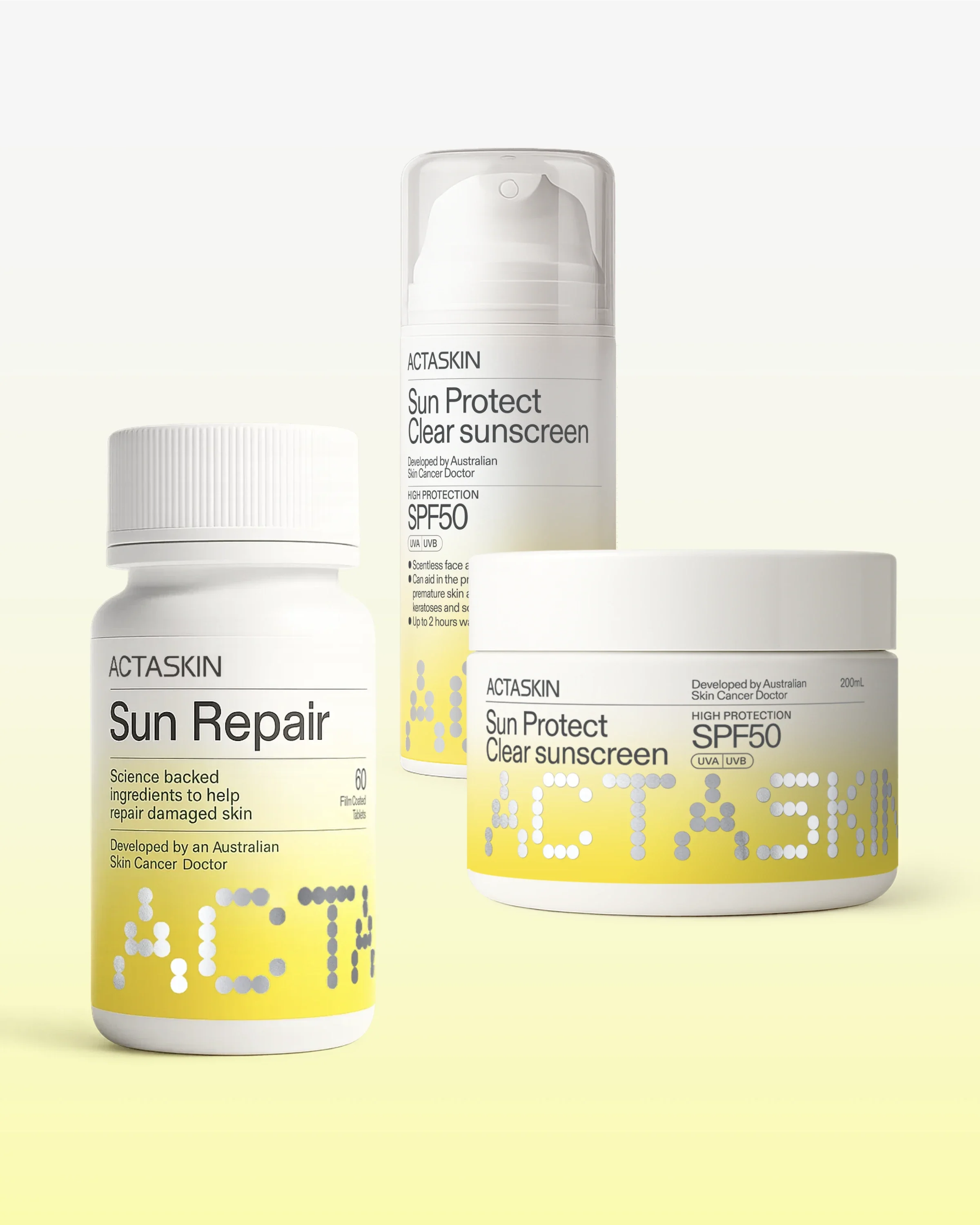The good news about melanoma is that it can be cured, but only if it’s caught early. Melanoma is a form of skin cancer that arises from the pigment-producing cells of your skin, known as melanocytes. It’s one of the most aggressive forms of skin cancer, but with early detection, the survival rates are exceptionally high. The key to successfully treating melanoma lies in its staging, which determines how far the cancer has spread and helps guide treatment.
What Is Staging and Why Does It Matter?
Melanoma staging depends on how deep the melanoma has penetrated into the skin and whether it has spread to other parts of the body.
The stages range from Stage 0 (the earliest and most treatable form) to Stage 4 (when the cancer has spread throughout the body). Staging is a crucial factor in determining treatment options and ultimately affects the likelihood of a cure.

Staging of Melanoma:
- Stage 0 (In situ), 5 year survival rate >99%: This is the earliest form of melanoma, where the cancer is confined to the outermost layer of skin, the epidermis. At this stage, the melanoma has not spread, and the 5-year survival rate is greater than 99%. This is why early diagnosis through regular skin checks is so vital—you catch it before it has a chance to go deeper.
- Stage I, 5 year survival rate ~99.2%: At this stage, melanoma is still confined to the skin but has grown a little deeper, with a thickness of up to 2 millimetres. There is no evidence of it spreading to lymph nodes or other areas. The 5-year survival rate for Stage I melanoma is approximately 99.2**%**, meaning the outlook is still very positive. Surgery to excise the melanoma is typically curative at this stage.
- Stage II, 5 year survival rate ~73.6%: Here, melanoma has grown thicker than 2 millimetres, but it has not yet spread to lymph nodes or distant organs. The 5-year survival rate drops to around 73.6% for Stage II. While the cancer is still confined to the skin, it’s a sign that the melanoma is more aggressive and may be harder to treat. Early intervention is still important.
- Stage III, 5 year survival rate ~61.1%: This stage means the melanoma has spread to nearby lymph nodes but has not yet reached distant organs or other parts of the body. The 5-year survival rate decreases to about 61.1%. Once melanoma has spread to lymph nodes, it becomes more difficult to treat, but there are still treatment options that can improve outcomes.
- Stage IV, 5 year survival rate 26.2%: When melanoma reaches Stage IV, it has metastasized (spread) to distant organs, skin, or lymph nodes far away from the original tumour. The 5-year survival rate plummets to just 26.2%. At this stage, treatment options are limited, and while there are still therapies available, the prognosis is much less favourable.
Early Diagnosis Is Key
Melanoma is often detectable in its earliest stages, especially with regular skin checks and self-examinations. If melanoma is detected at Stage 0 or Stage 1, the chances of a complete cure are more than 99%. Early diagnosis and excision (surgical removal) are the most effective ways to treat melanoma before it has a chance to spread.
But the story doesn’t end there. Even if you’ve been cured of melanoma, there is still a risk of developing another one. For those who have had melanoma, there’s a 10-20% chance of developing a second melanoma, which is why regular skin checks remain important for life.



